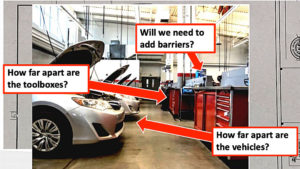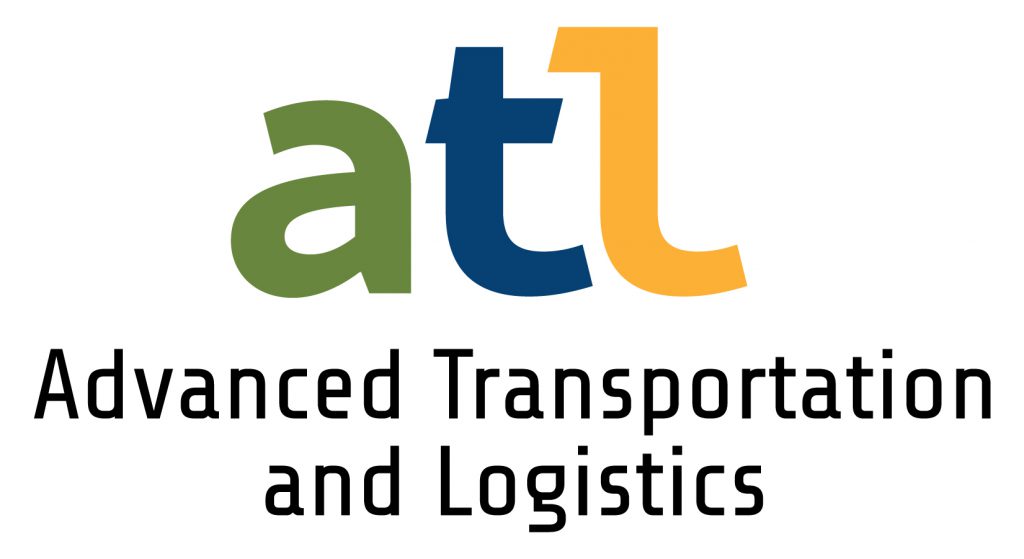 The ATL Community of Practice has been hard at work determining strategies and best practices for how students can work safely in labs this fall, and how instructors can make the most of online tools to limit time in the classroom to essential hands-on activities.
The ATL Community of Practice has been hard at work determining strategies and best practices for how students can work safely in labs this fall, and how instructors can make the most of online tools to limit time in the classroom to essential hands-on activities.
A series of recommendations was presented at a webinar on June 19 led by Mariano Rubio, an automotive instructor at Citrus College. He’s part of a team on his campus who is working on a back-to-campus plan for the fall that spans multiple departments.
Rubio showed diagrams for how to set up labs to adhere to social distancing guidelines, reviewed protocols for sanitizing vehicle surfaces between student uses, and reiterated that students and instructors should wear masks and gloves while working in the labs.
Students should be in the labs only as long as needed to complete the required exercises, which means instructors will likely need to create rotation schedules to ensure that everyone can complete their work safely and without overcrowding.
Lab workstations may also need to be adjusted to allow for at least six feet of space between them. Rubio’s presentation included diagrams on how he is addressing this on his campus.
Rubio also shared links to recommended PPE guidelines from the CDC, and participants discussed financial resources available for purchasing PPE if colleges do not have the funds to do so.
Integrating the knowledge gained from the past few months of delivering remote instruction into the new school year is another important component.
“This is a crazy time for us, but we’ve stepped up the challenge,” said Rubio. “We’ve gotten really familiar with online resources and learned to integrate web-based learning into our programs. Even though we’re going back into a lab setting, we want to retain the knowledge we’ve gained teaching remotely and the resources that have opened up for us. We’re getting better and better at this.”
The Community of Practice will continue working on recommendations and best practices throughout the summer, updating resources as additional guidance becomes available from state and federal agencies.
A recording of the webinar is available here, along with copies of the Powerpoint and transcript of the online chat.


